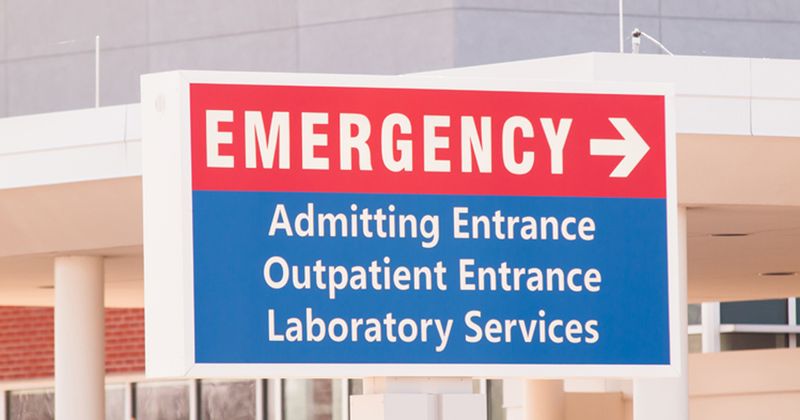Emergency transfers for STEMI, stroke reduced during pandemic
Daily emergency transfers for STEMI and stroke within the Cleveland Clinic regional health system dropped significantly after the onset of the COVID-19 pandemic, researchers reported.
In an analysis of the Cleveland Clinic critical care transport system published in Circulation: Cardiovascular Quality and Outcomes, investigators compared emergency transfer data for STEMI, stroke and abdominal aortic aneurysm from 2019 to March 8, 2020 (baseline), with data collected from March 9 and May 6, 2020 (pandemic period).

“The Cleveland Clinic has a long-established ‘auto-launch’ process that clinicians can activate to bypass the need for an accepting provider or available bed and to initiate the immediate emergency transfer for patients experiencing STEMI, acute stroke and aortic emergencies,” Umesh N. Khot, MD, vice chairman of the Robert and Suzanne Tomsich Department of Cardiovascular Medicine and a staff cardiologist in the Section of Clinical Cardiology in the Sydell and Arnold Miller Family Heart, Vascular & Thoracic Institute at Cleveland Clinic, and colleagues wrote. “The critical care transport system maintains a critical care transfer registry for quality management. During the COVID-19 pandemic, there has been no change in activation criteria, transport systems availability or availability of specialty care services for these conditions.”
Researchers observed that during the baseline period compared with that of the pandemic, daily transfers decreased by approximately 39%, from 4.2 to 2.5 (P < .001).
Moreover, there were similar drops in transfer volume for STEMI (1.1 per day to 0.6 per day; difference, 48%; P < .001) and stroke (2.5 per day to 1.5 per day; difference, 39%; P < .001). However, the reduction in AAA emergencies was not statistically significant (0.6 per day to 0.4 per day; difference, 21%), according to the study.

“During the pandemic time period, utilization of hospital and ICU beds decreased substantially with occupancy levels of 60% to 70% compared to > 90% pre-pandemic,” the researchers wrote. “Thus, we can exclude the lack of bed capacity as an explanation for our findings.”
In an additional analysis of daily emergency transfers from March 9 to May 6, 2019, compared with the pandemic period, transfer volume was 38% lower in the pandemic period (P < .001).
In a third analysis that compared emergency transfers from Jan. 1 to March 8, 2020, with the pandemic period, researchers observed a 44% (P < .001) drop in volume.
“We cannot exclude other causes of decreased transfers such as a true reduction in the incidence of these diseases due to social distancing, decreased work stressors, reduced environmental air pollution or reduction in concomitant influenza,” the researchers wrote. “However, a decreased incidence of these life-threatening conditions would not align with an increase in non-COVID-19 mortality noted in New York City and Bergamo, Italy.
“Our findings underscore the importance of education to the public to continue to seek emergency care for serious symptoms such as chest pain and those associated with stroke during the COVID-19 pandemic,” the researchers wrote.

